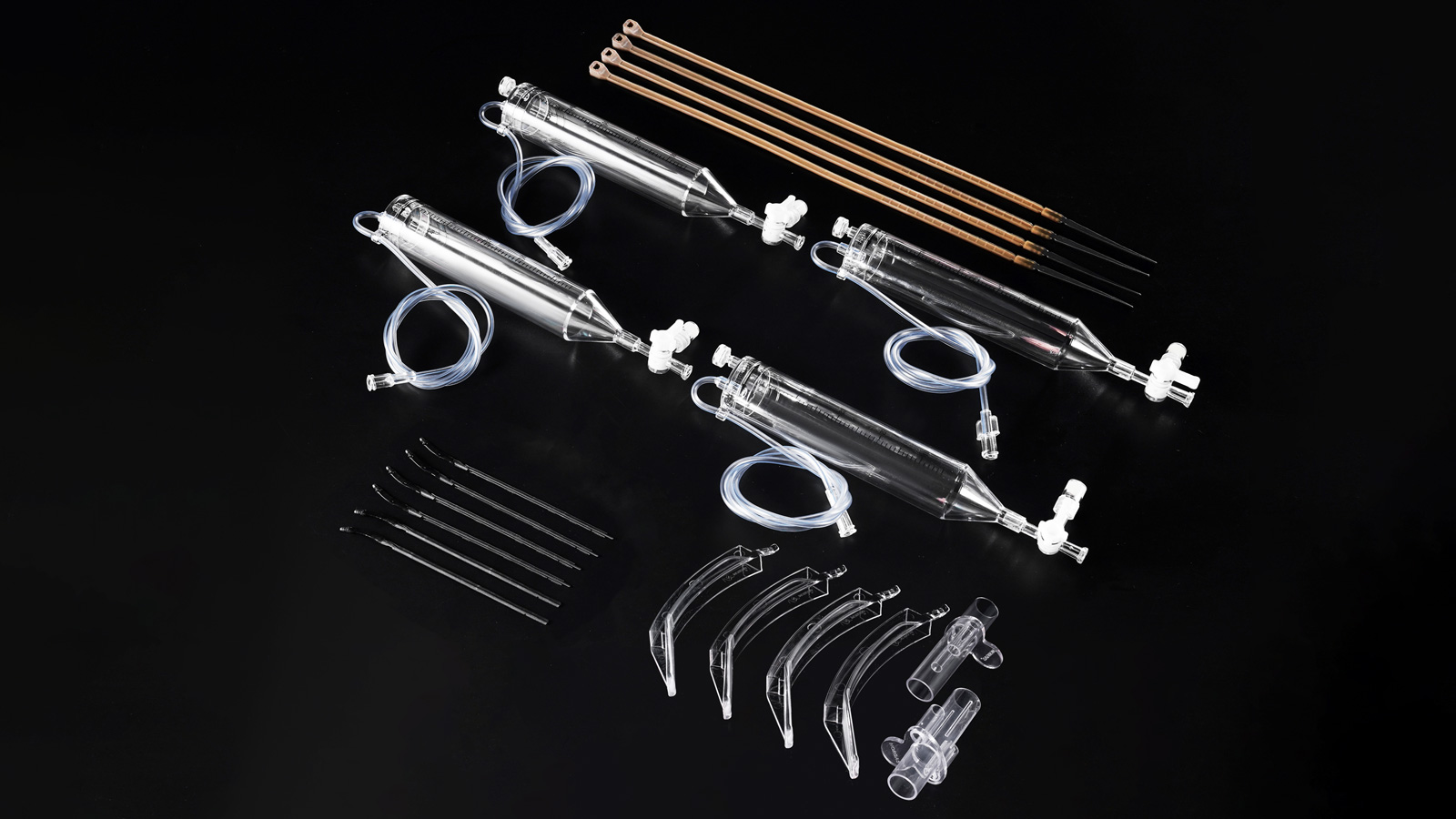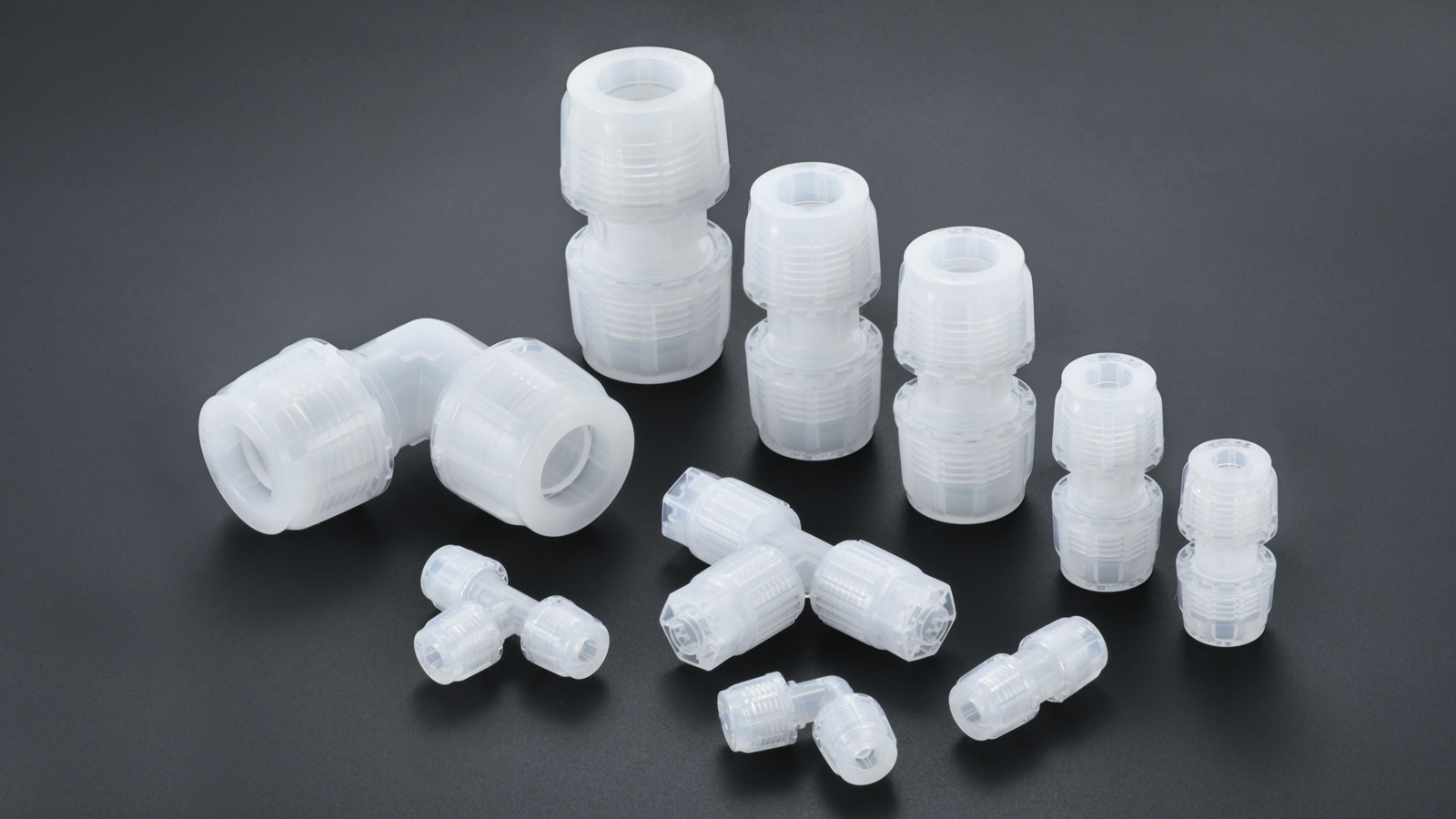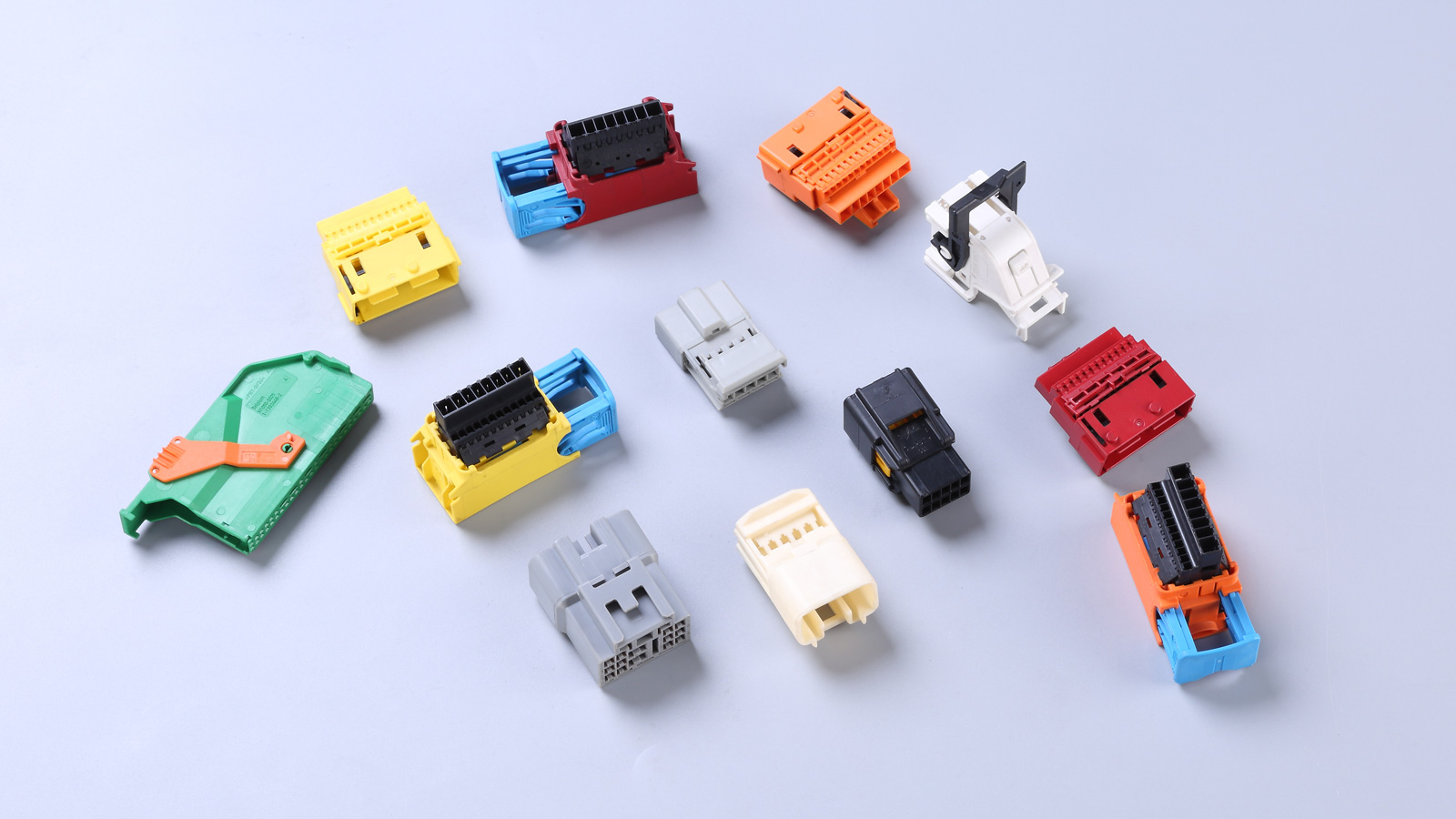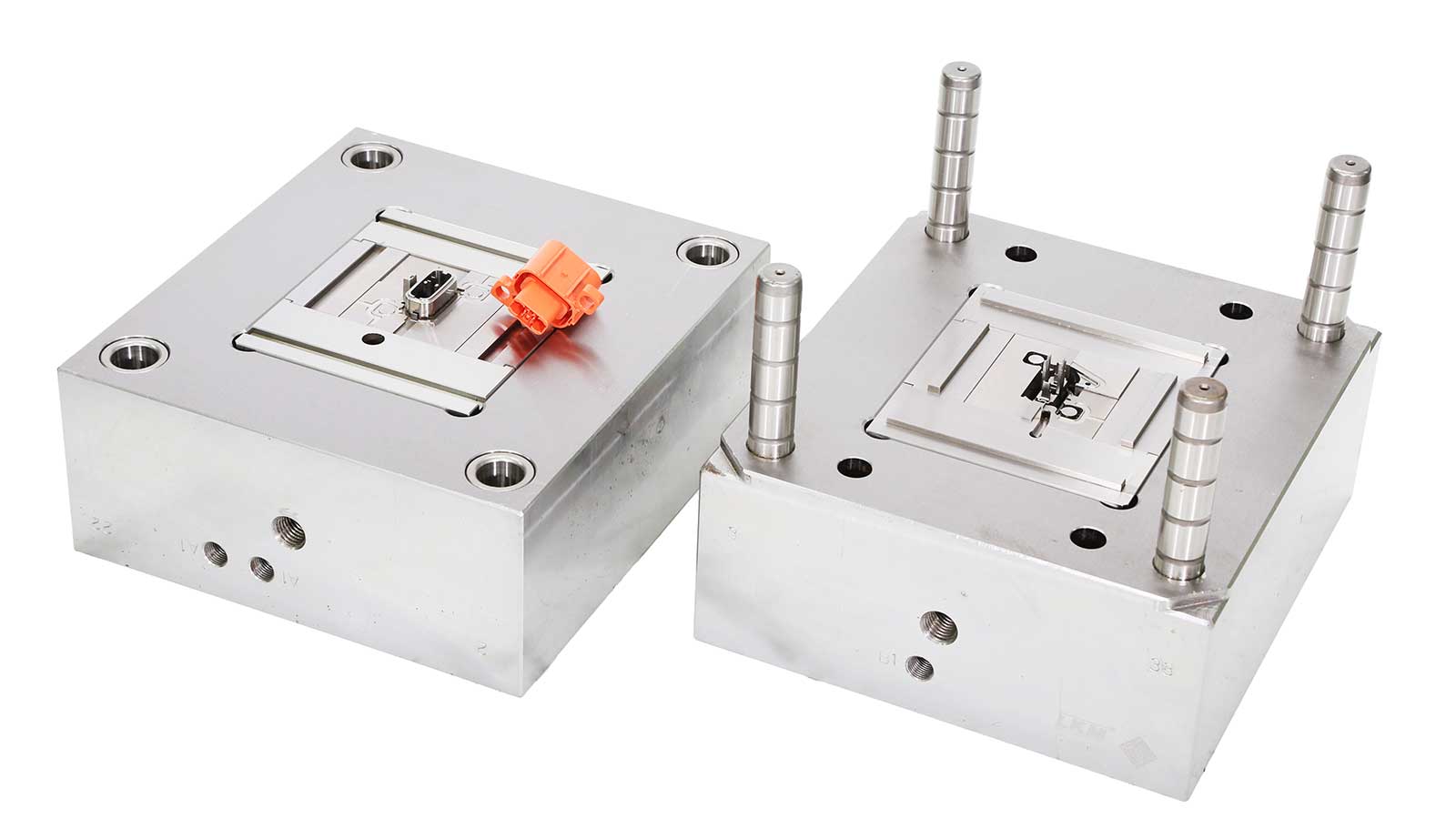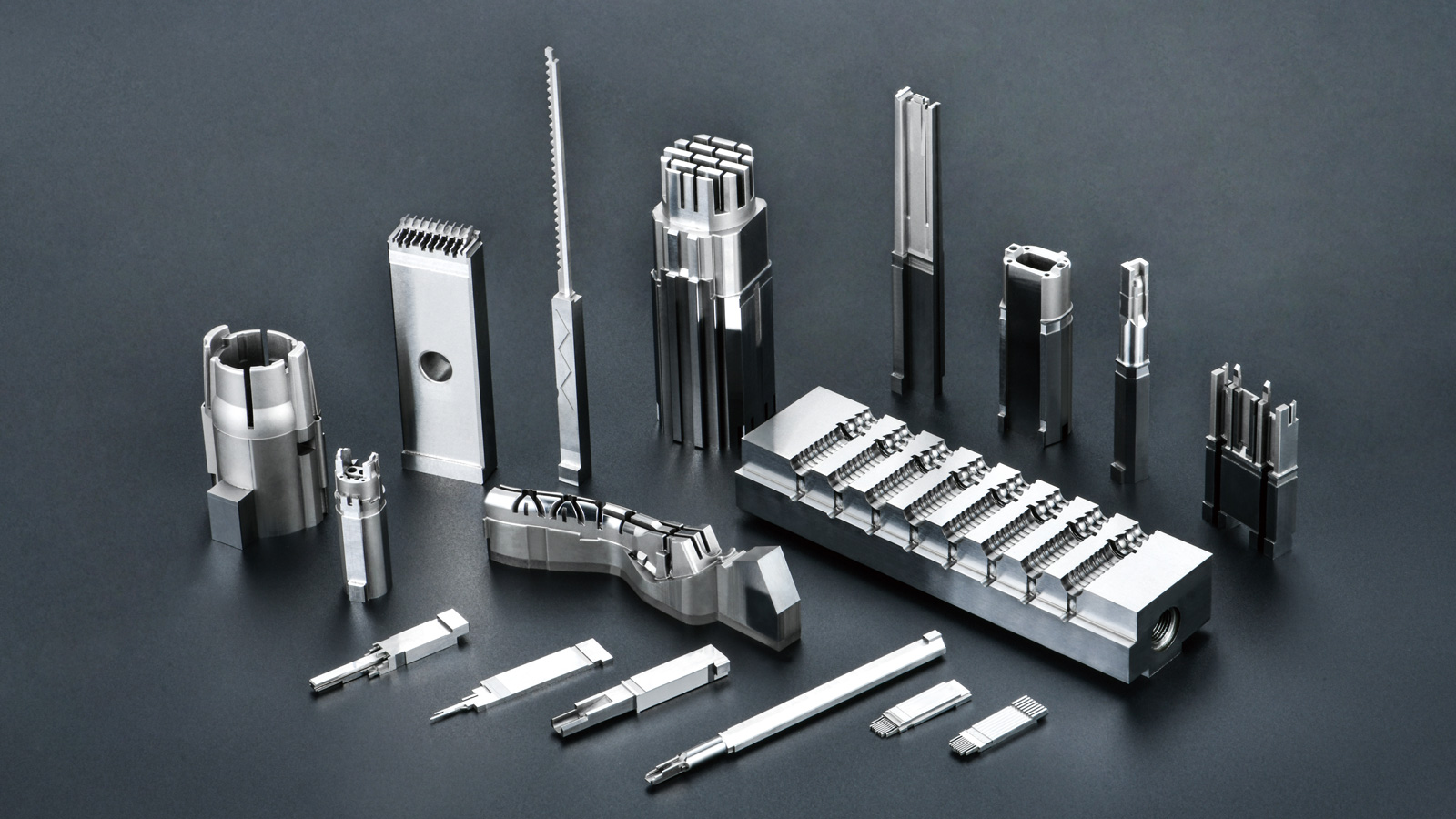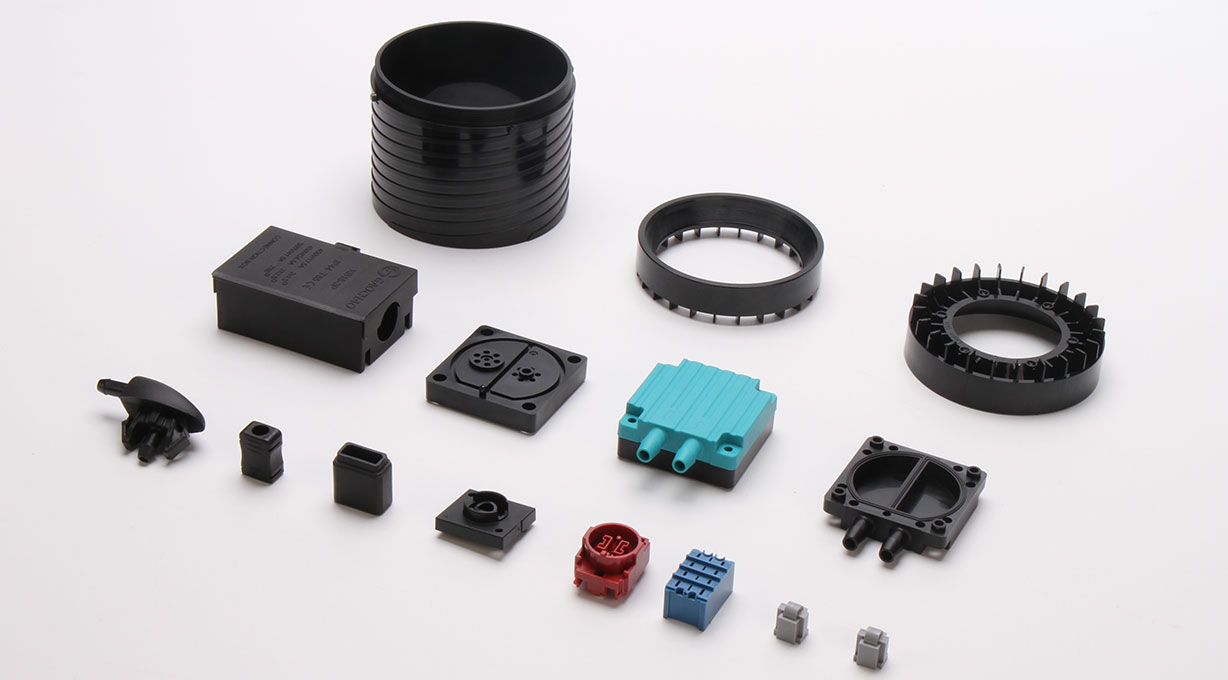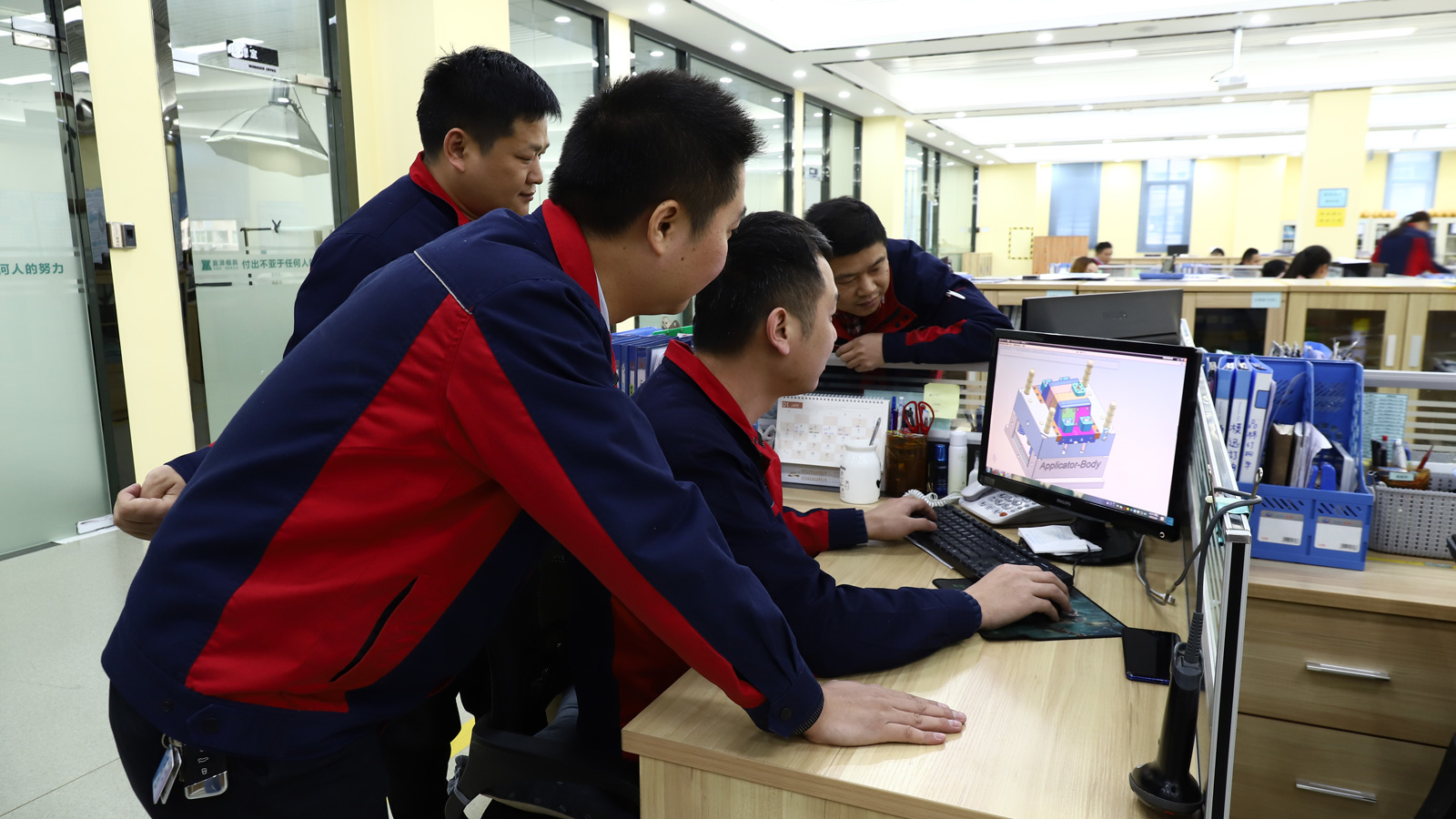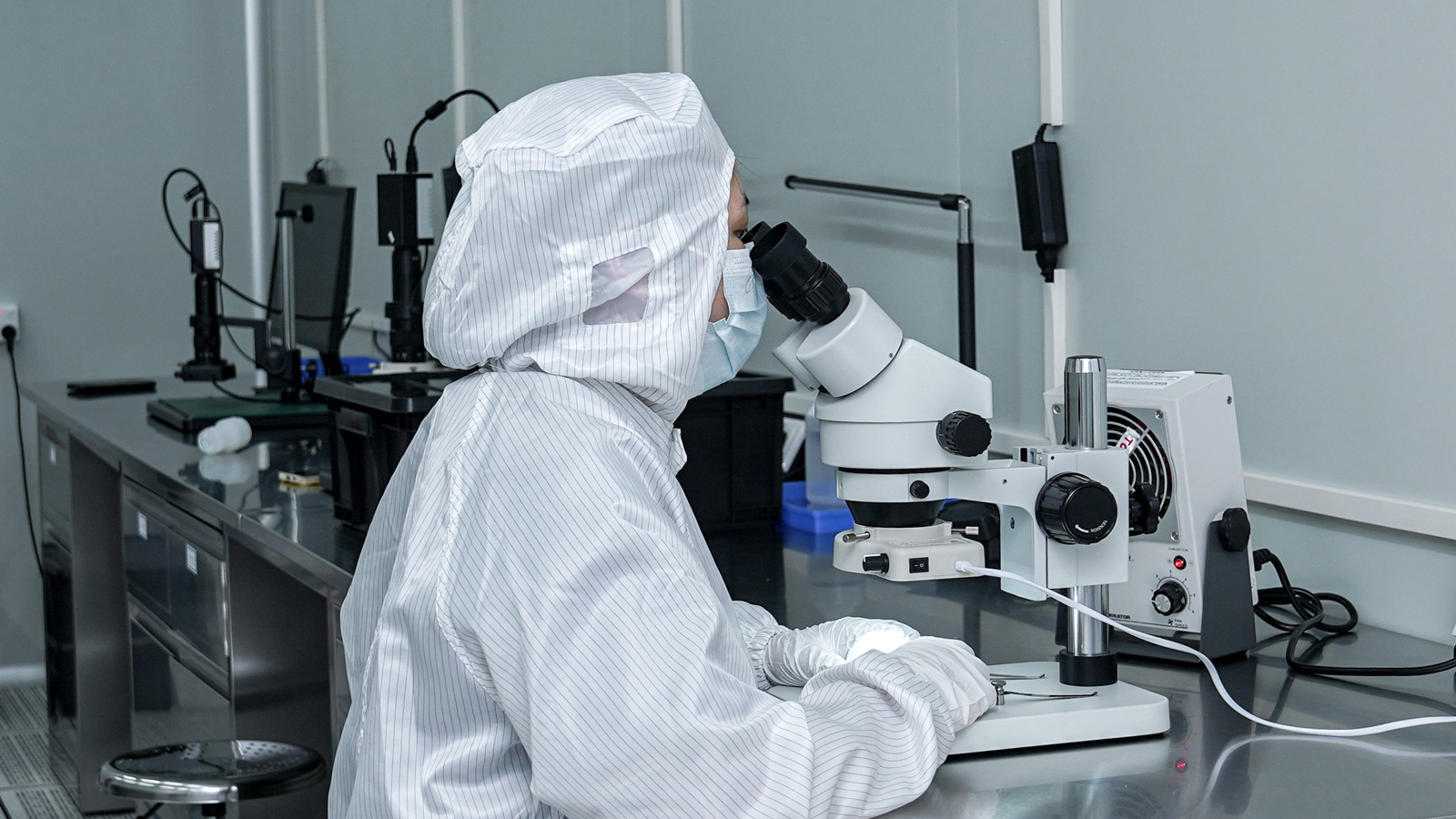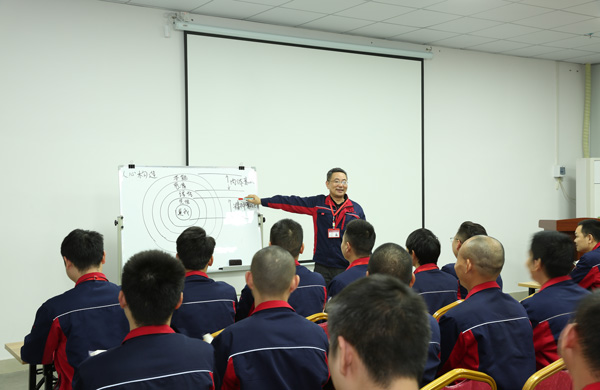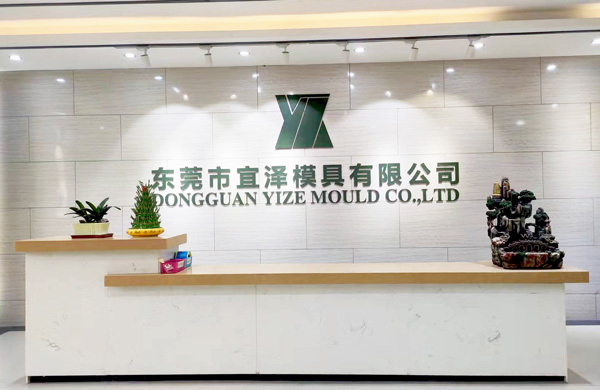In injection molding processes, the mold cooling system acts as a behind-the-scenes “conductor,” playing a decisive role in product quality and production efficiency. Today, we delve deep into the key points of injection mold cooling system design to uncover the mysteries of this critical key aspect.
I. Core Objectives of the Cooling System: Dual Guarantee of Quality and Efficiency
The core mission of cooling system design is to achieve uniform cooling and precisely control the ejection time of molded products, thereby ensuring a smooth and efficient production process. The attainment of this goal directly impacts the final quality of the product and the length of the molding cycle.
Uniform cooling implies a small temperature gradient across the mold, effectively preventing product defects such as warping, deformation, and dimensional deviations caused by uneven local cooling. For example, suppose one area of the product cools too rapidly. In that case, it will lead to excessive shrinkage in that area, creating stress differences with adjacent areas and ultimately causing the product shape to deviate from the design requirements.
Precise control of ejection time is equally crucial. Ejecting the product too early, when it has not fully solidified, can result in surface scratches and loose internal structures. Ejecting too late not only prolongs the molding cycle, reducing production efficiency, but may also damage the mold due to prolonged adhesion between the product and the mold. Therefore, the cooling system design must balance uniform cooling with precise calculations and repeated debugging to find the optimal ejection time node, achieving a perfect balance between quality and efficiency.

II. Layout Strategies for Cooling Positions: Tailored Approaches Based on Material and Structure
1. Cooling Solutions for High-Shrinkage Materials
For materials with high shrinkage rates, such as PP (polypropylene), PE (polyethylene), and PVC (polyvinyl chloride), it is more effective to layout the cooling system along the product’s shrinkage direction. These materials experience significant shrinkage during cooling. Setting up cooling channels along the shrinkage direction guides heat dissipation along a specific path, reducing dimensional errors caused by uneven shrinkage. For instance, when producing thin-walled containers made of PP, designing the cooling channels in a spiral shape parallel to the container wall’s shrinkage direction can make the cooling speeds of various parts of the container more consistent, effectively avoiding deformation caused by uneven wall thickness.
2. Principle of Proximity to the Cavity and Uniform Distribution
Under the premise of ensuring the material strength of the injection mold, the cooling system should be as close as possible to the mold cavity or core surface and uniformly distributed around the molded product. Being close to the cavity surface enables more efficient heat dissipation, shortening the cooling time. Uniform distribution ensures that all parts of the product cool at the same speed, reducing stress concentration. Taking the production of automotive interior parts as an example, the mold adopts a dense layout of cooling water channels surrounding the cavity, significantly improving the surface flatness of the interior parts and achieving dimensional accuracy within ±0.1mm.
3. Cooling Design for Special Structures
- Individual Cooling for Inserts: When the injection mold adopts an insert structure and the insert is large enough, individual cooling is required. For example, in molds producing gear inserts, due to the complex shape and difficult heat dissipation of the gear inserts, designing a ring-shaped cooling channel can effectively lower the insert temperature and prevent product defects caused by local overheating. The ring-shaped cooling channel closely fits the contour of the gear insert, ensuring uniform heat dissipation and improving the precision and strength of the gear.
- Individual Cooling for Large Sliders: Large sliders endure significant pressure and heat during the injection molding process. Individual cooling can prevent deformation due to overheating and affect product quality. By setting up an independent cooling circuit inside the slider, the slider temperature can be precisely controlled, ensuring the surface quality and dimensional stability of the product.
- Avoiding Structural Interference and Gap Reservation: Cooling design should as much as possible to avoid interference with mold structural components such as ejector pins, ejector sleeves, and screws, and reserve a gap of at least 3mm around them. If two cooling channels form an overhead intersection or are on the same horizontal plane, the spacing should be 3mm when the channel width is less than 150mm and 5mm when the width is greater than 150mm. When the mold is designed with early ejector return, the water inlet/outlet positions should be reasonably planned to avoid interfering with the normal operation of the ejector.
- Labeling and Numbering of Multiple Cooling Systems: If an injection mold contains more than two cooling systems, the water inlet/outlet positions should be clearly labeled with “IN” (inlet) and “OUT” (outlet) and numbered to indicate the connection sequence. This design facilitates mold installation, debugging, and maintenance, improving production efficiency and reducing the risk of operational errors.
The design of injection mold cooling systems is a comprehensive technology that integrates material science, thermodynamics, and mechanical manufacturing. By accurately grasping the cooling system’s core objectives and combining the characteristics of different materials and mold structures to reasonably layout cooling positions, we can create an efficient and stable cooling system, providing a solid guarantee for the injection molding process and driving the manufacturing industry toward higher quality and efficiency.
We hope the above content can provide useful references for practitioners in injection mold design. Let us jointly explore the infinite possibilities in the field of injection molding!
